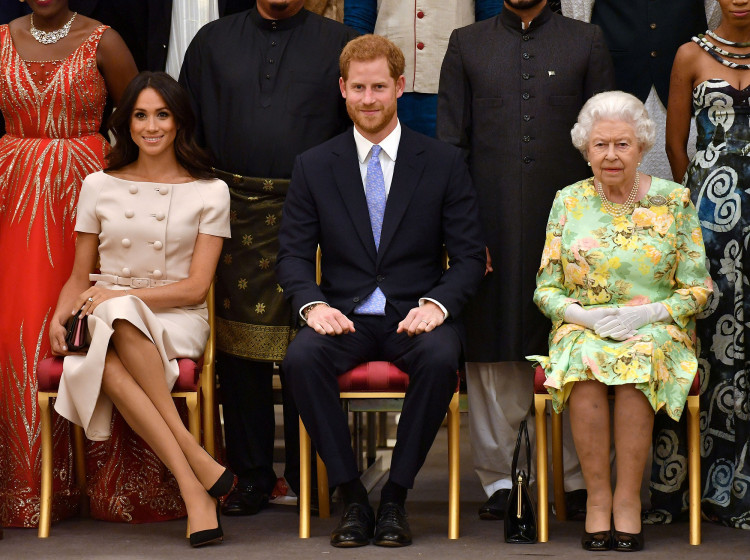In the labyrinthine corridors of Buckingham Palace, where tradition and modernity perpetually intersect, the narrative of Meghan Markle's assimilation into the British royal family unfolds with a complexity befitting a Shakespearean drama. Ingrid Seward, a doyenne of royal reportage, in her latest tome "My Mother and I," intricately weaves a narrative that lays bare the nuanced dynamics between Queen Elizabeth II and the Duchess of Sussex.
Seward, whose pen has chronicled the royal saga for nearly four decades, brings to light the veiled apprehensions and the silent disapprovals that marked Meghan's entry into one of the world's most venerable institutions.
The story begins with the late Prince Philip, whose perspicacity for royal precedents instilled a sense of caution regarding Meghan's incorporation into the family fabric. Seward recounts, "One of the few wary of succumbing to her charm offensive, however, was Prince Philip." His trepidations were not unfounded; history had shown how personal choices could ripple through the monarchy with unforeseen consequences.
The Duke of Edinburgh's skepticism was crystallized in his comparison of Meghan to Wallis Simpson, a figure whose romance with Edward VIII led to his abdication and a seismic shift in the royal lineage.
Contrary to her husband's reservations, Queen Elizabeth II harbored hopes that Meghan would seamlessly transition into her royal role, embodying the institution's values while bringing a fresh perspective to its age-old traditions. Seward reveals, "Soon the country as a whole seemed to take to Meghan with equally genuine delight. The Queen continued to champion Harry's new love." Yet, beneath this veneer of acceptance, there were undercurrents of disapproval, subtly surfacing in moments of private reflection.
A case in point was the Queen's observation on Meghan's wedding attire, which Seward details with precision. "Lady Elizabeth told me that the Queen had made only one remark to her about Meghan and Harry's wedding, which was that the bride's Givenchy wedding gown was 'too white'," Seward writes. This comment, seemingly innocuous, was laden with the weight of tradition and the expectations of propriety that accompany royal nuptials. It underscored the Queen's adherence to the unwritten codes that have long governed royal conduct.
The tumultuous period following "Megxit" and the Sussexes' candid revelations to Oprah Winfrey in March 2021 further strained the delicate fabric of royal relations. Seward delves into the Queen's emotional turmoil during this time, stating, "She was 'dismayed by Harry's high-handed attitude both before and after the wedding' and that her relationship with her grandson was 'quite badly damaged by it all'." The Queen's stoic exterior belied a deep-seated concern for the monarchy's future and the familial rifts that had begun to emerge.
"My Mother and I" is not merely a chronicle of events; it is a testament to the enduring complexities of royal life, where personal desires often collide with public duties. Seward's narrative, enriched with direct quotes and insider insights, offers a panoramic view of the challenges that Meghan faced as she navigated her path within the royal family, juxtaposed against Queen Elizabeth II's unwavering commitment to her role as the custodian of a centuries-old legacy.
As this book finds its place in the annals of royal literature, it beckons readers to reflect on the intricate dance of adherence and adaptation that defines the British monarchy. Seward's work, while shedding light on the personal tribulations of its subjects, also reaffirms the resilience of an institution that has weathered the storms of change while holding fast to its core principles.






